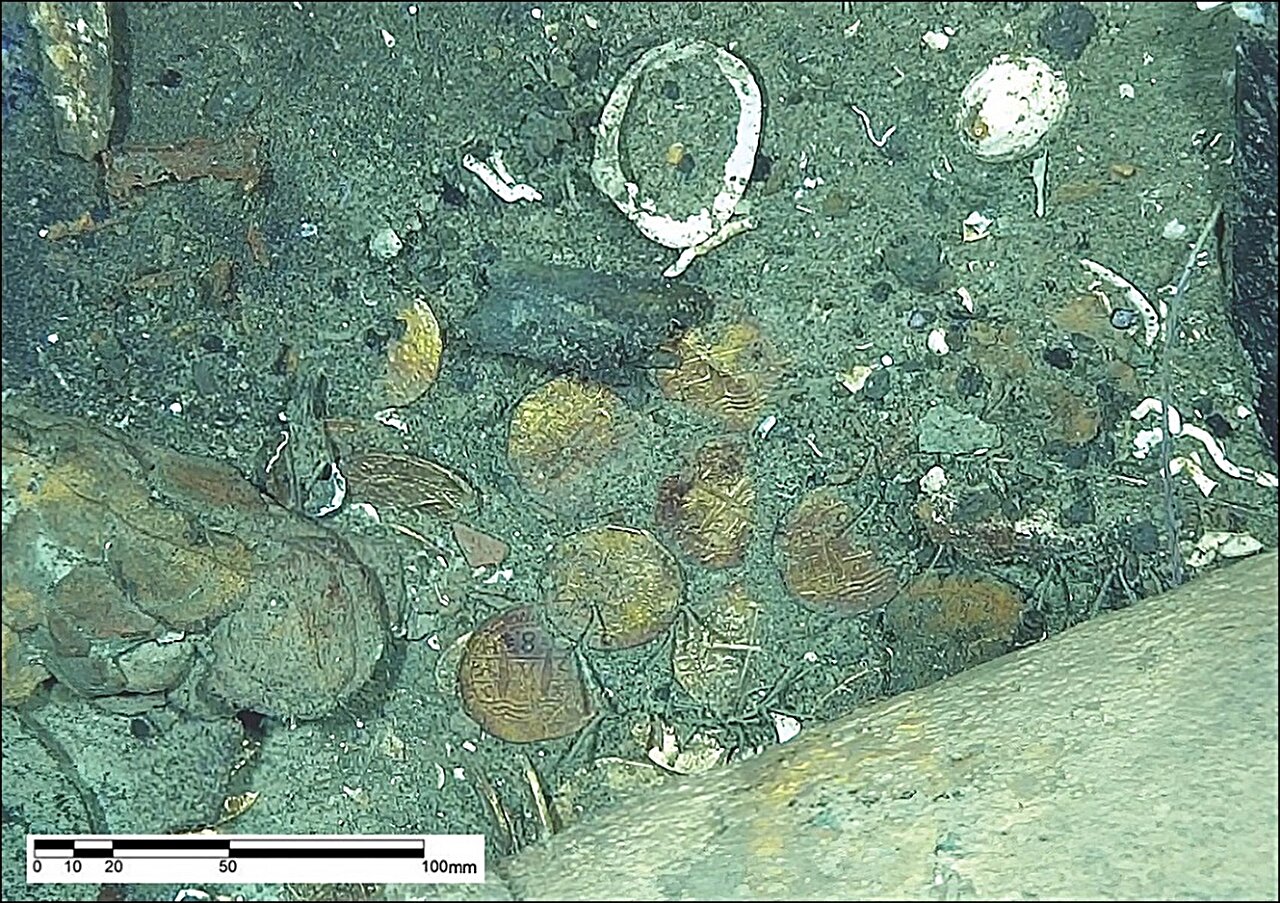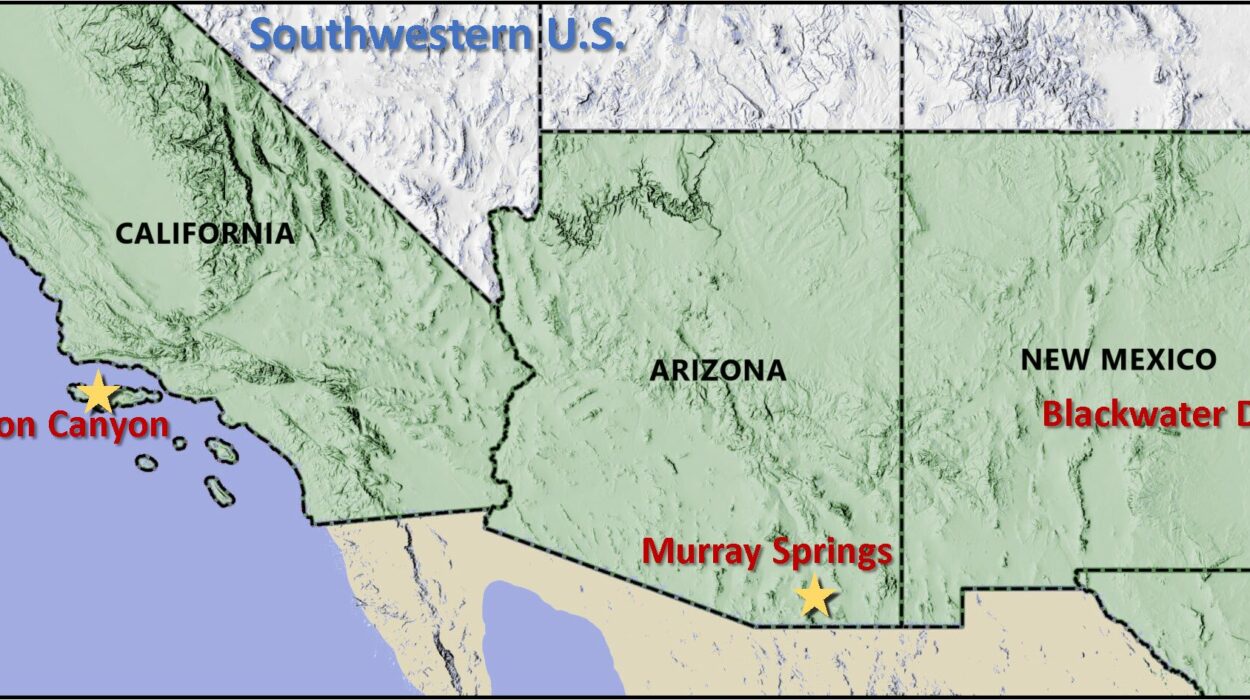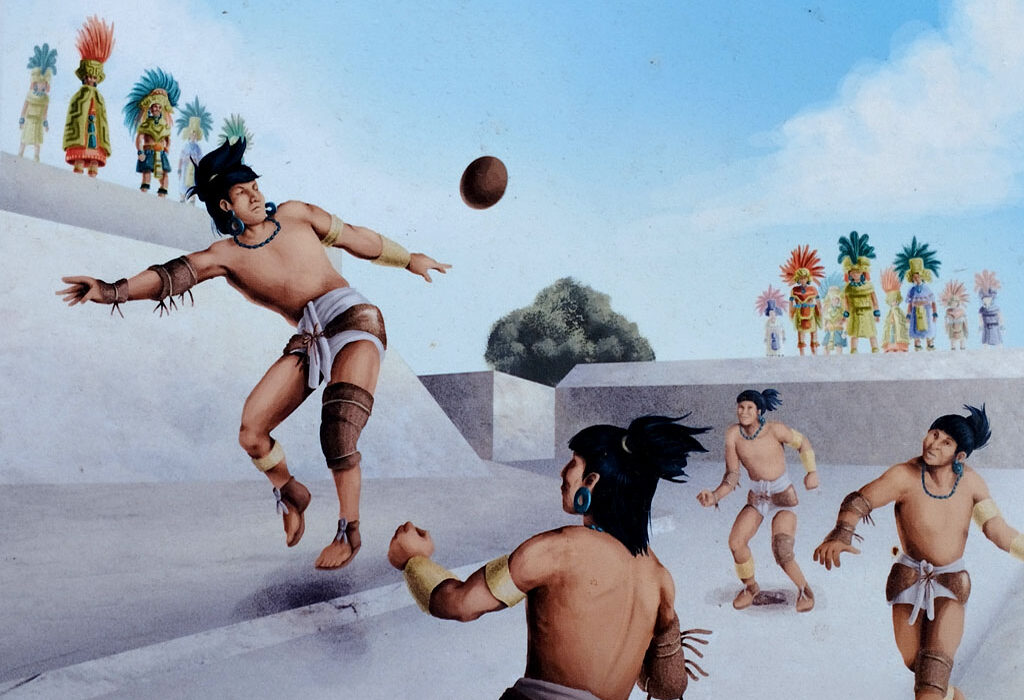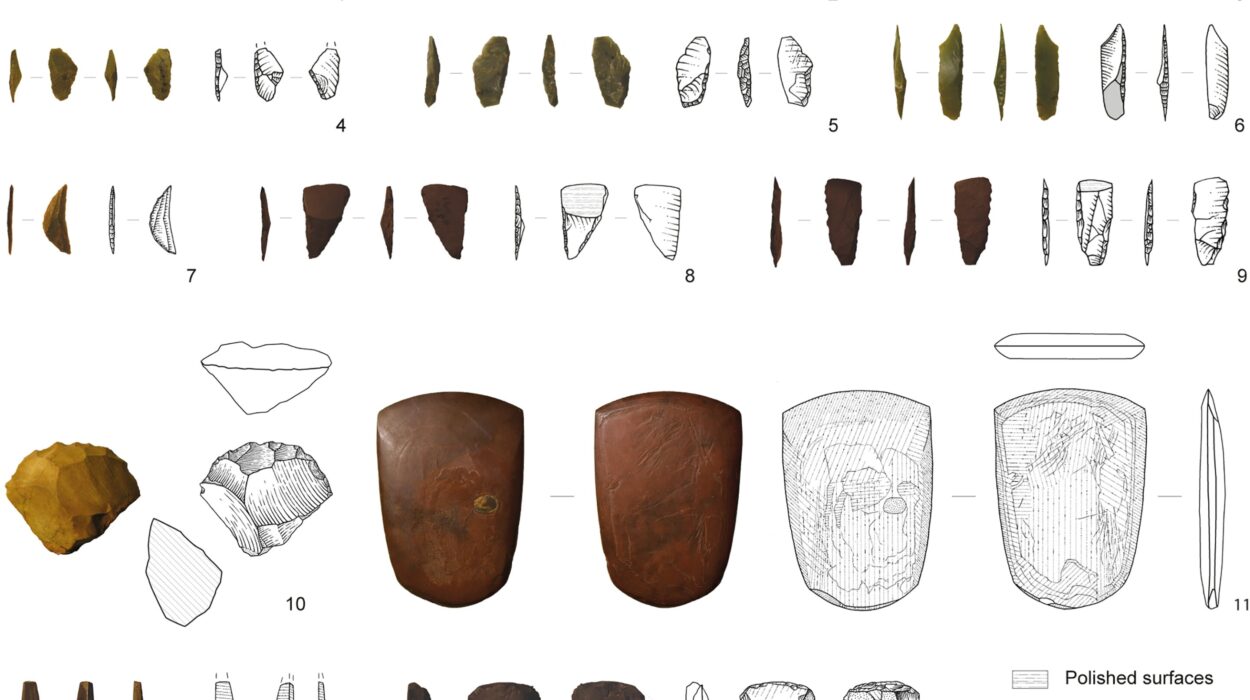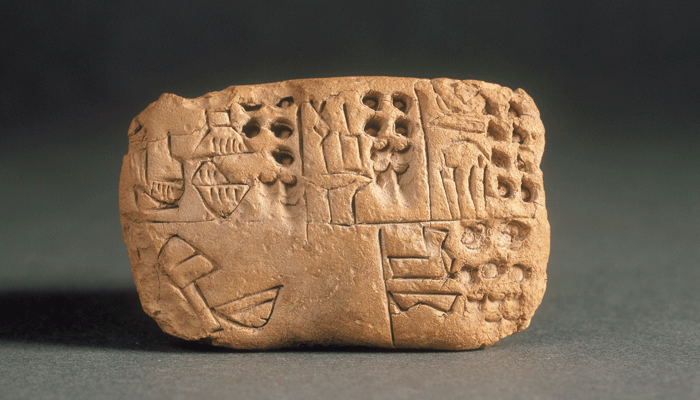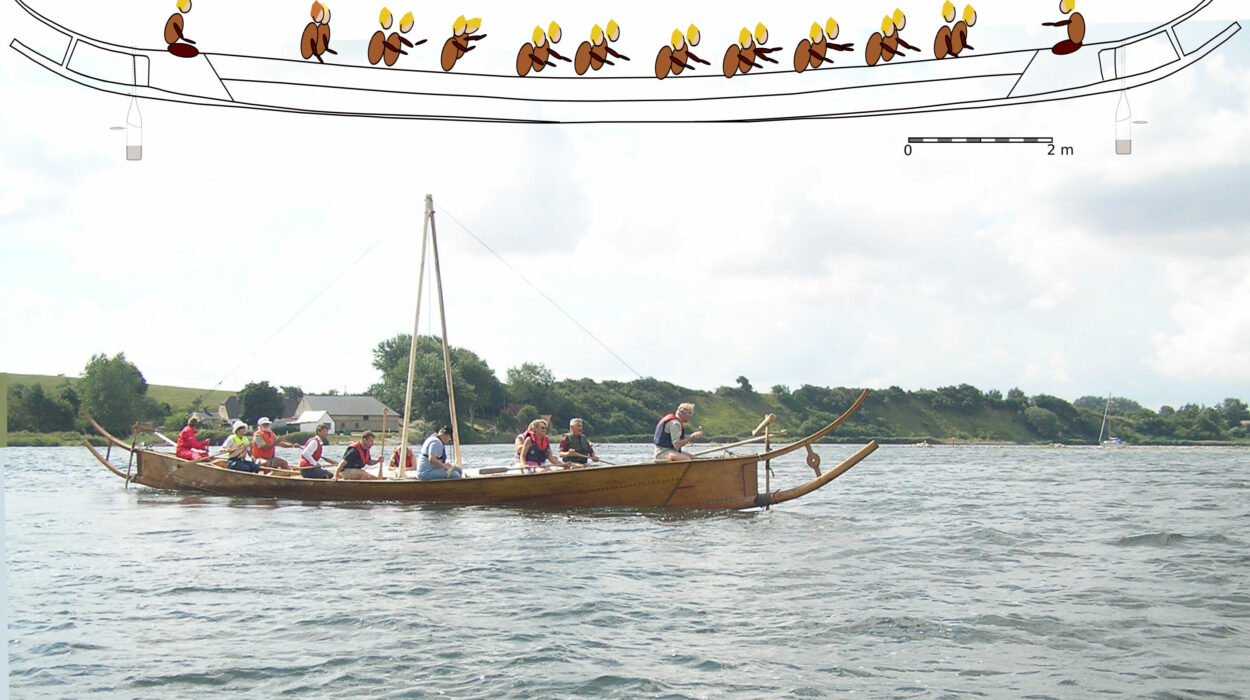Off the Caribbean coast of Colombia, more than 600 meters below the sea’s glittering surface, lies a ghost of imperial ambition—a wooden titan once gilded in gold, fire, and myth. For centuries, it vanished into legend after meeting a violent fate in 1708. Now, thanks to the eyes of a robotic explorer and a handful of Spanish coins, scientists believe they’ve come closer than ever to proving what many suspected: this shipwreck is the San José Galleon, the lost flagship of the Spanish Empire’s most vital treasure fleet.
Published in the journal Antiquity, a new study unveils how researchers used a remotely operated underwater vehicle (ROV) to non-invasively inspect the remains of the wreck. Their mission was clear—to piece together the clues left by time, tides, and turmoil, and answer a question that has lingered for more than 300 years: Is this really the San José?
The Sunken Jewel of a Lost Empire
In the 17th and 18th centuries, the oceans were the lifeblood of empires. Spanish galleons like the San José weren’t just warships—they were lifelines. They ferried silver, gold, emeralds, cacao, porcelain, and priceless human knowledge from the New World to the Iberian Peninsula in carefully guarded convoys known as flotas.
Among these was the Flota de Tierra Firme, the crown jewel of Spain’s maritime empire. It connected the wealthy colonial outposts of the New Kingdom of Granada (modern-day Colombia) and the Viceroyalty of Peru to the port of Cádiz in Spain. It was aboard these ships that the fortunes of an empire moved—along with the ambitions of pirates, kings, and global merchants.
Commanding one of the last great fleets of the Tierra Firme was the San José Galleon, a heavily armed and treasure-laden vessel bristling with more than 60 bronze cannons. In 1708, during the War of Spanish Succession, it encountered a British squadron off the coast of Cartagena. After an intense naval clash, the San José exploded and sank, taking with it more than 600 men and a vast, mysterious cargo.
No one saw her again.
A Robot’s Silent Descent
In 2015, the Colombian government quietly located a shipwreck matching the San José’s description. But confirming its identity proved elusive. For nearly a decade, the wreck remained protected and largely untouched. No artifacts were removed, and the Colombian navy restricted access to preserve its integrity.
Now, researchers led by Daniela Vargas Ariza, a maritime archaeologist from the Escuela Naval de Cadetes Almirante Padilla and the Instituto Colombiano de Antropología e Historia (ICANH), have taken a decisive step forward—without touching a single stone.
Using high-resolution cameras mounted on an unmanned underwater vehicle, scientists scanned the site with painstaking precision. The ROV glided silently through the blackness, capturing thousands of digital images of the site’s scattered relics—bronze cannons, fragments of hull, and, most intriguingly, irregular silver coins resting like fossilized whispers of another age.
By applying a technique known as photogrammetry, the team stitched the images into three-dimensional reconstructions—detailed enough to examine worn edges and minute inscriptions.
The result? A collection of silver coins known as macuquinas or “cobs”—hand-struck, irregular coins widely used in colonial Spanish America.
The Story Written in Silver
“Coins are crucial artifacts for dating and understanding material culture, particularly in shipwreck contexts,” Vargas Ariza explained. “They carry marks of time and origin. Each one is a small, durable messenger from the past.”
Among the coins studied were several minted in Lima, Peru, dated 1707. These markings alone may seem like a small detail, but in archaeological terms, they’re decisive.
“The presence of these specific coins establishes that the wreck must have gone down after 1707,” says Vargas Ariza. That date aligns precisely with the timeline of the San José’s final voyage, during which it carried a treasure dispatch from Peru to Cartagena before being sunk in the fateful battle with the British.
Also visible on the coin faces were heraldic symbols of the crowns of Castile and León, standard emblems of Spain’s royal mints, reinforcing their identity as official cargo.
By triangulating this new evidence with historical documents, shipping manifests, and battlefield accounts, the researchers now say the identity of the ship as the San José Galleon is more likely than ever before.
A Sunken World, Preserved by Time
Unlike so many shipwrecks that are discovered only after looters arrive or fragile artifacts are disturbed, this investigation is a rare case of pure, non-intrusive underwater archaeology.
“This is a significant case study in the use of underwater robots to help explore deep-sea archaeological sites without altering them,” Vargas Ariza says. “It shows how technology can work hand-in-hand with history.”
The depth of the San José wreck—well beyond traditional diving limits—has protected it from both human interference and natural decay. Its cargo remains largely intact, a submerged capsule of an empire’s ambition, protected by law and mystery.
But the study also raises larger questions. How should nations handle the cultural, historical, and financial value of such wrecks? The San José is not just a ship—it’s a lightning rod for debate about cultural patrimony, treasure hunting, and ethical archaeology.
In fact, legal battles have surrounded the San José since its discovery. Who owns it: the Colombian state, Spain, or private salvagers? For now, Colombia has taken the lead in its preservation and investigation, keeping the site off-limits to commercial exploitation.
Coins as Clocks in the Deep
For Vargas Ariza and her team, the discovery is not just about treasure. It’s about context. Every coin, cannon, and fragment helps reconstruct a larger story of empire, trade, war, and human endeavor.
“This case highlights the value of coins as key chronological markers in the identification of shipwrecks,” she notes. “They serve as compact, datable artifacts that can speak volumes—especially in remote or inaccessible environments.”
And they do so not just by their dates and symbols, but by what they represent: a world connected by ships, ruled by monarchies, and shaped by fragile wooden vessels burdened with ambition.
The Next Chapter of a Ghost Ship
While the new study strengthens the case for the wreck being the San José, it doesn’t close the book. The Colombian government has made clear that the investigation is ongoing. The coins are clues—but the final confirmation may require future, deeper surveys.
Still, in the silent blackness of the seafloor, the San José is speaking. Through shattered wood and tarnished silver, through the digital eyes of a robot and the sharp minds of modern archaeologists, the ghost ship is slowly being brought back into the light of history.
It’s a reminder that beneath the waves lies not just treasure, but truth. Not just wreckage, but the remains of people’s lives, hopes, and empires.
And in the case of the San José, a message from the past that is finally beginning to be heard.
Reference: Daniela Vargas Ariza et al, The cobs in the archaeological context of the San José Galleon shipwreck. Antiquity (2025). DOI: 10.15184/aqy.2025.10095
